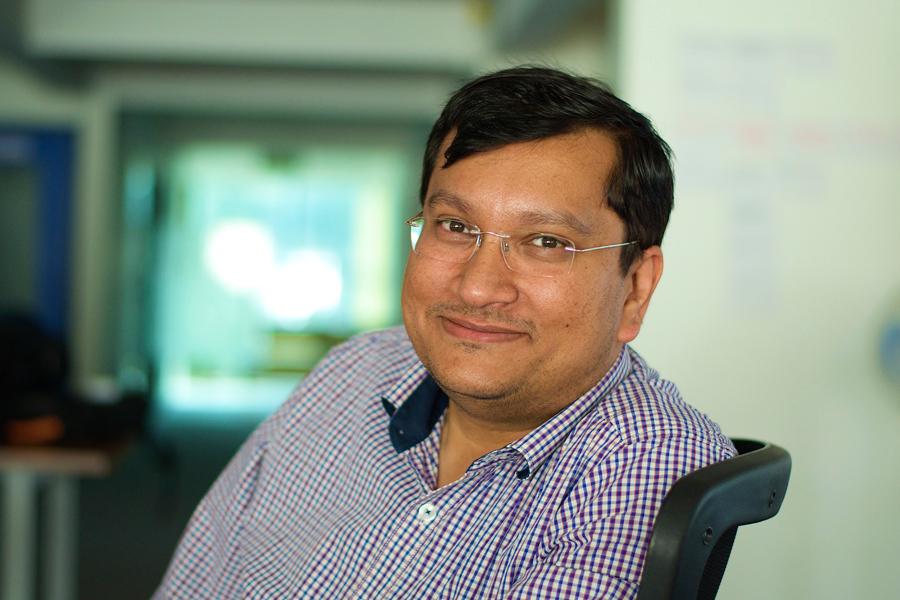
SimpleAgile: A Paradigm Shift for the Agile Methodology

With the Agile process, it’s easy to lose all sense of balance. After all, if you want the agile model to work, you need to ensure that all the members of the project management and product management teams are on the same page regarding the software - which is easier said than done. Everybody involved must also recognize how the demands can quickly become massive pitfalls. More often than not, technical debts tend to pile up under the Agile methodology, which is not addressed in time, because the people calling the shots don’t see it till it’s far too late, or too expensive to fix. Also, individual engineers are scrutinized based on solely the optics of the current “sprint” - implying that no one focuses on the larger picture. Agile has been called out for being “mindless, near-sighted sprint after sprint without any improvement, just tickets after tickets after tickets”. Further, according to a study, one of the major roadblocks to implementing the Agile methodology is an increase in the number of projects per team members, lack of company vision, and unclear project scope. Owing to all these problems, the engineers around the world started coming up with their one-up version of the Agile methodology. Further, the last few years have seen a rise in the need for flexible solutions, which presented the need to come up with a process that is Agile, but better. The Simple agile model
A Bangalore-based IT services firm, Sahaj Soft believes in the Sahaj agile model, which follows a time-tested, simple agile methodology to provide superior solutions in lesser time. According to Akash Agarwal, CEO and one of the co-founders of the company, “Today’s IT is all about being agile and outcome-driven, and clients look for simple solutions that drive results.” Sahaj aims to fulfil this need with a simple software delivery approach that is capable of tackling the most pressing technological problems. “Our simple agile model allows us to condense the entire development process into a short cycle, which not only reduces process wastage by more than 50 per cent but also helps achieve faster time to market.”, says Akash. What started off as four friends brainstorming to come up with the simplest yet most effective solutions is today an 80-member team with offices in Bangalore, Chennai, Bay Area (US), Pune and London. Sahaj Soft’s team believes that their simple approach begins right from the time they approach a client. Under a conventional model for software development, the team that interacts with the client and the actual team working on the project are different - with the latter rarely getting face time with people they’re building solutions for. Generally, many roles come into play during the software development lifecycle. Between a client and the final solution is a project manager, a business analyst, a solution consultant, and finally the team of engineers working on it. Sahaj Soft removes these constraints by bringing engineers closer to the problem and people who’re facing the problem. This cuts the noise and the translation losses in the entire process, thereby making much more efficient and effective. Sahaj Soft works with a lean team of two to three senior consultants. They dive into a problem, identify the business drivers, cull them out, identify the value propositions, and figure out things that will make the solution work. This way, nothing at all gets lost in translation, as it would, if we increase the number of layers between the engineers and the client. A typical software company requires 3-4 weeks to conceptualize and design a solution, but Sahaj does it in merely three days. The process starts with their team understanding the requirements, and accordingly, utilizing the Sahaj agile model to develop an MVP. The MVP is then ready for the launch in less than 12 weeks. The Sahaj agile model, contrary to other software delivery models, is extremely collaborative as it engages clients with the overall development process. This Simple Agile method has been able to seamlessly cater to most of the needs, however complex - including building a data-led platform that can deliver the ideal ad-locations for any brand. As a result of this, the previously isolated data was now aggregated frequently, and therefore always available for quick decision-making. It also reduced the time required for the planning process from a few days to under a few minutes. All of this ensured a significant reduction in operational costs, and a corresponding increase in revenues. The entire software industry is going through a massive change. With the advent of AI and ML, the age-old methods of coding and development might not be relevant. Concepts like Simple Agile challenge the status quo and try to create a new way of delivering software. Tomorrow’s software development will entail a heavy use of open source tools and someone who can stitch these together to create a meaningful solution. Unless we expose the developers directly to the relevant stakeholders (client/ product owner/ decision maker) and have a better understanding of the problem without any translation losses, the solutions developed won’t be effective. Disclaimer: The pages slugged ‘Brand Connect’ are equivalent to advertisements and are not written and produced by Forbes India journalists.
Post Your Comment














